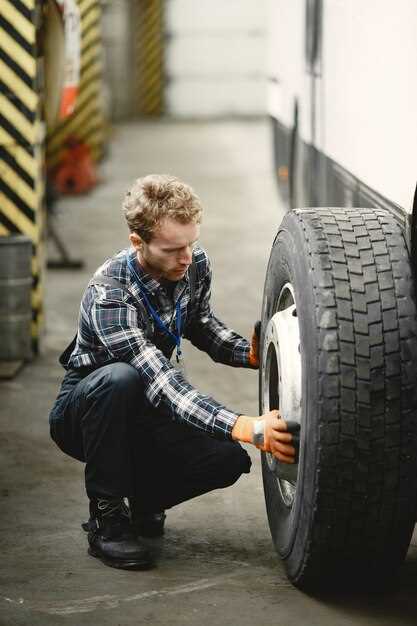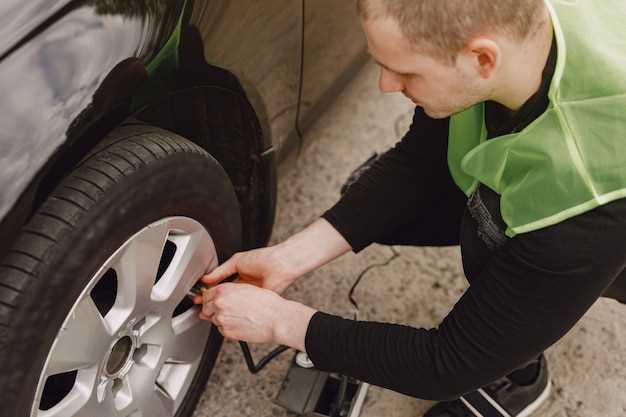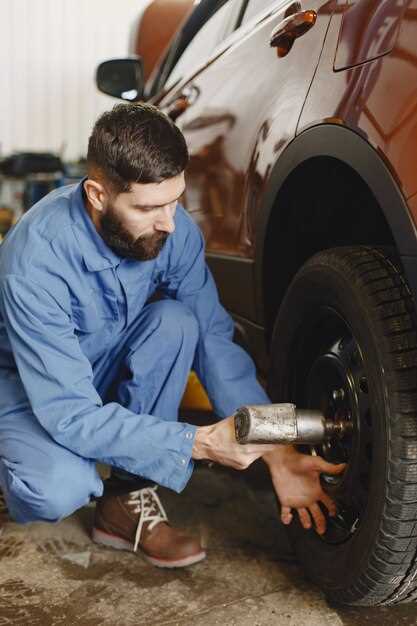
Maintaining the tires of classic vehicles is crucial for ensuring safe and enjoyable driving experiences. Unlike modern vehicles that often come equipped with advanced tire monitoring systems, classic cars require a more hands-on approach to tire care. Proper tire maintenance not only enhances the performance of your classic vehicle but also extends the lifespan of its tires.
One of the most important aspects of tire maintenance is regularly checking tire pressure. Under-inflated tires can lead to reduced fuel efficiency and uneven wear, while over-inflation can compromise grip and handling. Classic vehicle owners should invest in a reliable tire pressure gauge to monitor the pressure regularly and adjust it according to the manufacturer’s recommendations.
In addition to tire pressure, it is essential to inspect tires for signs of wear and damage. Cracks, bulges, and uneven tread wear can indicate serious issues that may compromise safety. Classic car owners should routinely examine their tires, especially before long drives or during seasonal changes, to ensure that they remain in optimal condition. By prioritizing tire maintenance, owners can enjoy the unique characteristics of their classic vehicles while maintaining safety on the road.
Determining the Ideal Tire Pressure for Vintage Vehicles

Maintaining the correct tire pressure is crucial for vintage vehicle owners to ensure safety, performance, and longevity of their tires. Unlike modern cars, vintage vehicles often have specific tire pressure recommendations due to their unique design and weight distribution. It is essential to refer to the owner’s manual or the tire placard, if available, for precise specifications.
Generally, vintage tires may require a lower pressure compared to contemporary tires, typically ranging from 20 to 30 psi, depending on the model and tire type. Overinflating can lead to a harsh ride, decreased traction, and increased wear on the center of the tire. Conversely, underinflation can cause excessive heat buildup, compromising tire integrity and safety.
Regularly checking tire pressure, especially before long drives or during seasonal changes, is a best practice. It is advisable to use a reliable tire pressure gauge, as manual adjustments may be necessary based on load and driving conditions. Additionally, vintage vehicles often have bias-ply tires which respond differently compared to modern radial tires; therefore, adherence to vintage specifications is key for optimal performance.
Proper maintenance of tire pressure not only enhances driving experience but also preserves the vintage aesthetic and safety features of your classic vehicle. A well-maintained tire can significantly contribute to the overall health and value of your vintage automobile.
Inspecting and Caring for Vintage Tire Condition

Maintaining the condition of your vintage tires is crucial for both safety and aesthetic appeal. Regular inspection can help identify potential issues before they become serious problems. Begin by examining the tire surface for any signs of wear, such as cracks, bulges, or uneven tread. Pay close attention to the sidewalls, as they often deteriorate faster than the tread.
Another vital aspect of tire care is monitoring pressure. Ensure that the tires are inflated to the manufacturer’s recommended PSI level. Underinflation can lead to poor handling and increased wear, while overinflation can cause a harsh ride and compromise traction. Use a reliable gauge to check the pressure at least once a month and before long trips.
Additionally, consider the age of your vintage tires. Even if they show minimal wear, tires older than six years should be replaced due to rubber degradation. Look for the DOT code on the sidewall, which indicates the week and year of manufacture. Maintaining proper tire rotation and alignment can also extend the life of your tires, ensuring a smoother ride.
Lastly, protect your vintage tires from environmental factors. Parking in direct sunlight or on hot asphalt can accelerate aging. Use tire covers or store your vehicle indoors when not in use to preserve their condition. By following these steps, you can ensure that your vintage tires remain in optimal shape, enhancing both the performance and value of your classic vehicle.
Choosing the Right Replacement Tires for Classic Cars
When it comes to classic vehicles, choosing the right replacement tires is crucial for maintaining performance, safety, and authenticity. Classic cars often require specialized tires that not only match their vintage aesthetic but also provide the necessary handling and ride comfort.
Here are some key factors to consider when selecting replacement tires for your classic car:
- Specifications: Always check the manufacturer’s specifications for tire size, load index, and speed rating. Classic cars often have unique requirements that must be met for optimal performance.
- Type of Tire: Choose between bias-ply and radial tire types. Bias-ply tires are traditional for vintage vehicles, providing a more authentic look and feel, while radial tires offer improved performance and durability.
- Tread Pattern: Select a tread design that complements the era of your vehicle. Vintage tread patterns not only enhance aesthetics but can also affect handling and traction.
- Pressure Maintenance: Regularly monitor and maintain the correct tire pressure. Under-inflated tires can lead to poor handling and increased wear, while over-inflated tires can yield a harsher ride and reduced traction.
- Brand Reputation: Consider reputable tire brands that specialize in classic car tires. These manufacturers understand the unique needs of vintage vehicles and often produce tires that are designed specifically for them.
- Consult Experts: When in doubt, seek guidance from classic car specialists or forums. Fellow enthusiasts can share their experiences and recommendations regarding tire selection.
Choosing the right replacement tires for your classic car is essential for preserving its vintage character while ensuring safety on the road. By considering these factors, you can enjoy a smooth and authentic driving experience that stays true to your vehicle’s legacy.
